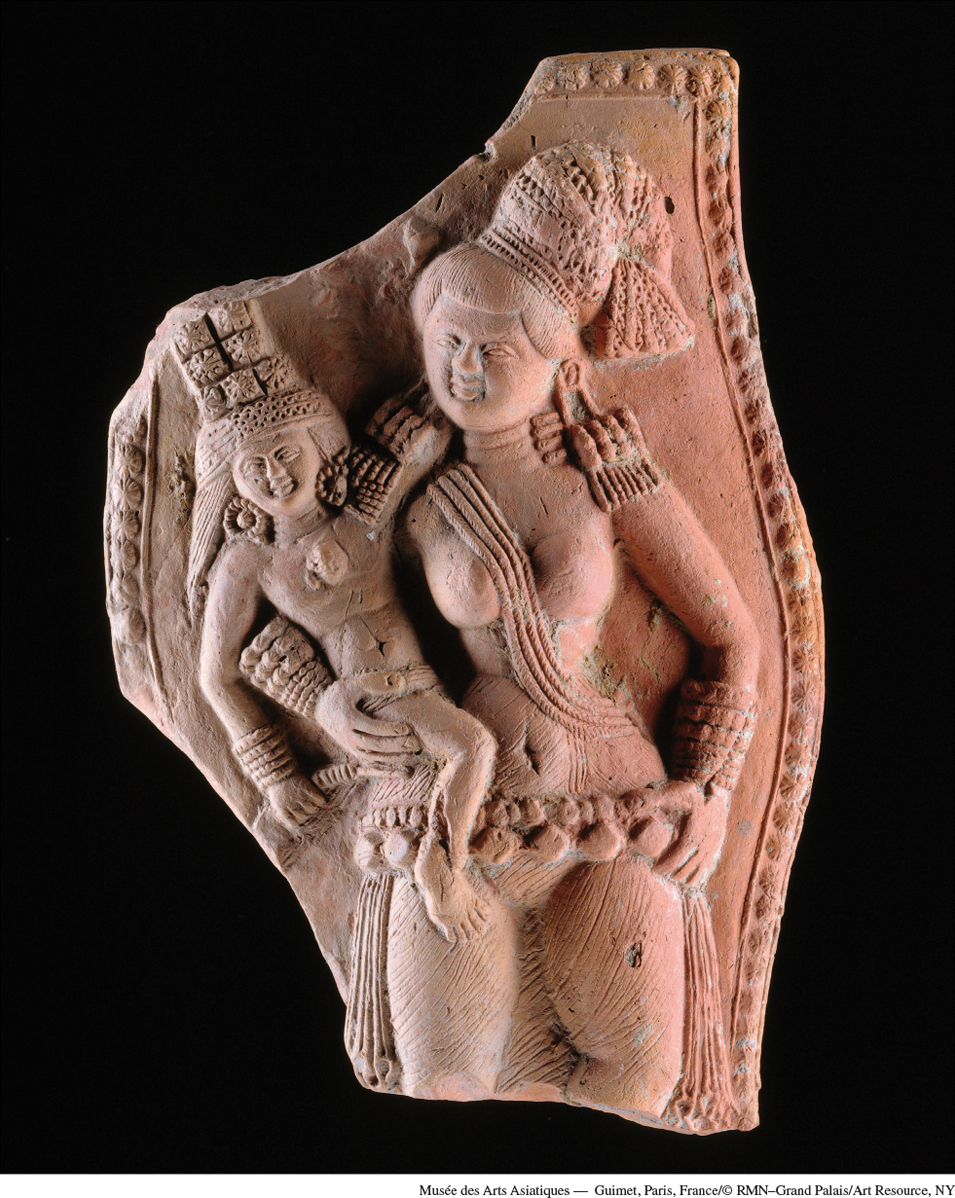Introduction to Chapter 5
CHAPTER 5
Society and Inequality in Eurasia/North Africa
600 B.C.E.–600 C.E.

“Caste has no impact on life today,” declared Chezi K. Ganesan in 2010.1 Certainly, Mr. Ganesan’s low-
T he most recent 250 years of world history have called into question social patterns long assumed to be natural and permanent. The French, Russian, and Chinese revolutions challenged and destroyed ancient monarchies and class hierarchies; the abolitionist movement of the nineteenth century attacked slavery, largely unquestioned for millennia; the women’s movement has confronted long and deeply held patriarchal assumptions about the proper relationship between the sexes; and Mahatma Gandhi, during India’s struggle for independence in the twentieth century, sought to raise the status of “untouchables,” referring to them as Harijan, or “children of God.” Nevertheless, caste, class, patriarchy, and even slavery have certainly not vanished from human society, even now. During the era of second-
As Chapter 3 pointed out, millions of individual men and women inhabiting the civilizations of Eurasia and North Africa lived within a political framework of states or empires. They also occupied a world of ideas, religions, and values that derived both from local folkways and from the teaching of the great religious or cultural traditions of these civilizations, as described in Chapter 4. In this chapter, we explore the social arrangements of these civilizations — relationships between rich and poor, powerful and powerless, slaves and free people, and men and women. Those relationships shaped the daily lives and the life chances of everyone and provided the foundation for political authority as well as challenges to it.
Like the First Civilizations, those of the second-
| A MAP OF TIME | |
|---|---|
| 470–400 B.C.E. | Life of Aspasia in Athens |
| 124 B.C.E. | Imperial academy for training Chinese officials established |
| 1st century B.C.E. | Poetry of Buddhist nuns set to writing |
| 73 B.C.E. | Spartacus slave rebellion in Italy |
| 1–200 C.E. | Laws of Manu prescribing proper social behavior in India |
| Early 1st century C.E. | Reforming emperor Wang Mang in power in China |
| 45–116 C.E. | Life of Ban Zhao in China |
| 79 C.E. | Eruption of Mount Vesuvius destroys Pompeii |
| 184 C.E. | Yellow Turban Rebellion in China |
| After 221 C.E. | Loosening of restrictions on elite Chinese women as Han dynasty collapsed |
| After 500 C.E. | Slavery replaced by serfdom in Roman world |
| 690–705 C.E. | Empress Wu reigned in China |
SEEKING THE MAIN POINT
To what extent were the massive inequalities of second-